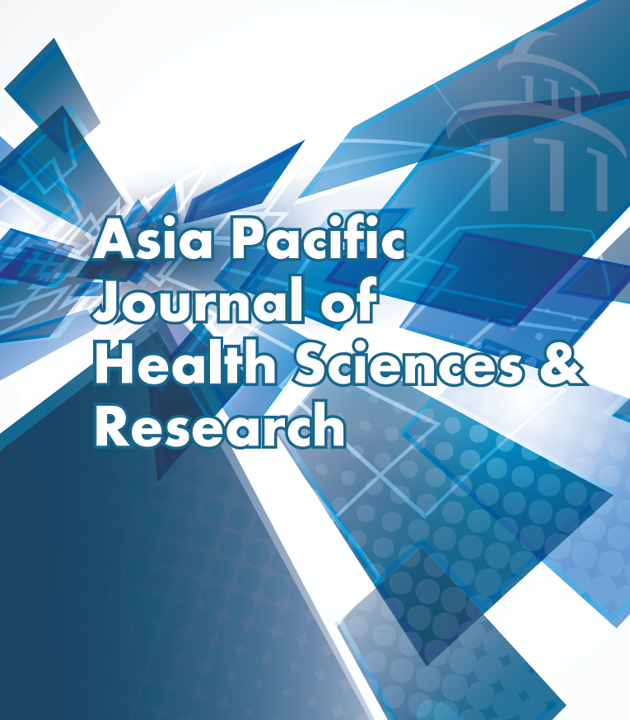Abstract
Introduction: Studies have shown that third molars are frequently associated with various problems such as impaction and agenesis in 70% of modern humans. Third molar removal is indicated if the third molars are impacted or are causing pain that interrupt a patient's daily life activities. Prior to third molar removal, assessment of the radiograph is necessary to study the status of the third molar and the difficulty level for extraction.
Aim: To evaluate the prevalence and pattern of impacted mandibular third molars based on orthopantomography (OPG) of patients and to assess the difficulty of surgical removal.
Methodology: This study was undertaken on records of patients at Segi oral Health center. After obtaining permission to access records, 200 Orthopantomographs of patients indicated for third molar removal were studied. Winter's classification, Pell and Gregory Classification (PG classification) were used. Difficulty assessment was done for all the impacted mandibular third molars using Pederson Difficulty Index. Data was analysed using SPSS. Results: Most prevalent angulation in relation to the long axis of the mandibular second molar (Winter’s classification) was mesioangular impaction (180 third molars) followed by vertical (96 third molars), horizontal (82 third molars) and, distoangular (42 third molars). As for the Pederson’s Difficulty Index, it was found that the most mandibular 3rd molar extractions were of moderate difficulty (213), followed by that of minimal difficulty (135) and very difficult extractions (35). While vertical and mesioangular impactions were higher in females as compared to males, distoangular and horizontal were higher in males. Overall, the most prevalent was mesioangular. This was significant with p=0.027. Conclusion: Based on this study, a mesioangular impaction is the most common type of impaction. However, results cannot be generalized as the study has been done only on Asians. More studies are required on diverse population to confirm the results.

This work is licensed under a Creative Commons Attribution-NonCommercial-NoDerivatives 4.0 International License.
Copyright (c) 2024 Asia Pacific Journal of Health Sciences and Research

